Augmented Reality: when, if not now?
06.08.2018
Augmented and Mixed Reality have a lot of potential. The three experts who talked about the subject at Ergon's "Beer, Bytes and Beats" event were all of the opinion that it is worth getting to grips with the subject early on.
"Anyone who does not learn about it now, but waits for three years before they get started will lose out," says Dr. Robert Adelmann, Head of UX and Mixed Reality at Ergon. With manufacturers investing millions of pounds, Augmented Reality is gaining momentum. There are already applications in industry and logistics where, for example, service mechanics can use head-mounted displays to involve a remotely connected expert to provide instructions on more complex problems. Heads-up displays such as Google's glass headset are another example. They allow logistics workers to scan bar codes on packages to find out more about the content. "Many of the current AR systems should really be considered prototypes," says Adelmann. "It will be another 2-3 years until the head-mounted displays are ready for the mass market. However, anyone who waits until then to start experimenting will miss the boat."
The early bird catches the worm
One company already gaining some experience with AR is OPO Oeschger who develop door fittings for sale to joiners and other B2B customers. They worked with Ergon to develop an AR system for the iPad which would allow visitors to their in-house trade fair to view door handles or key holes on real doors in a close semblance of reality. David Froidevaux, CIO at OPO Oeschger is familiar with the difficulties of implementing an AR application of this nature: "We found the data was the biggest challenge." This was because the system is based on images and accurate dimensions of the products. It is not easy to access this data because not every manufacturer likes to make it available and using a 3D scanner to obtain measurements is too expensive. However, OPO Oeschger was able to find a door handle manufacturer with whom to form a strategic partnership. OPO Oeschger decided to work with Ergon to draw up product data guidelines to be used by manufacturers and which ideally will result in a win-win situation for both parties.
Overcoming unexpected problems
"This example illustrates why it is so important to start experimenting with the technology now," says Robert Adelmann, who oversaw the project for Ergon. Experience has shown that a few unexpected problems always arise before a genuine business case emerges from the pilot project. For OPO, this was the missing digital product data from the suppliers; in other cases there are regulatory issues which need to be clarified. "Stopping these gaps requires time and the company that gets started early on will be the first to bring the business solution to market and thus get ahead of the competition.
"The response of our customers to the new application has been very positive," says Froidevaux. "Being able to view the door fittings on a real door and thus to ensure that they were buying the right ones was clearly an additional benefit for them." For OPO Oeschger, one of the benefits of the AR visualisation of the door handles was that the sales staff needed to bring fewer fittings to the trade fair. A development of the system could also benefit joiners as they will be able to send their customers a link with which to view the products and make a preselection.
It all depends on the infrastructure
Prof. Markus Stolze from the University of Rapperswil also underlined the importance of getting into new technologies early on because, as he emphasised, "early adopters find the business value before anyone else." But not everyone: He illustrated this with the example of IBM Simon, the first smartphone which appeared in 1993,14 years before the iPhone. The list of features was perfect, but the infrastructure – networks and batteries and so on – lagged behind. For users such as insurance agents, IBM Simon was ideal to set them apart from the competition and they gained competitive advantage as a result. For the manufacturer IBM on the other hand, it was a flop thanks to the lack of infrastructure.
Technology for which the infrastructure first needs to be put in place (because cables need to be re-laid for example) needs a long time until it becomes accepted. Television became established relatively quickly because the infrastructure was already set up for radio. Consumers only had to buy a television set and the programmes could be transmitted. The smartphone benefited from the previous, quite lengthy development phase of the mobile phone.
Markus Stolze is however convinced that Augmented Reality will manage the leap towards relevant business cases. In his view, the greatest potential lies where AR, unlike IBM Simon, is used in an existing, well-developed infrastructure, as was the case with smartphones. "This is where it will succeed, because this is where we are used to collecting information and there is no need for us to develop new habits."
From hype to business success
According to Gartner, Augmented Reality is already out of the woods: we know what works and what doesn't and we can start doing some serious work with it. "The most important thing now is to avoid any false steps," says Stolze. "That means looking very carefully at which use cases we want to implement, where real productivity is possible and whether today's technology is mature enough."
Augmented Reality as a strategic matter
Along with the Internet of Things and Artificial Intelligence, Augmented Reality is one of the main subjects firmly anchored in Ergon's strategy. For this reason, the company made it the main theme of its annual "Beer, Bytes and Beats" event where it was examined from the point of view of manufacturers, customers and researchers. A podium discussion followed. The guests were also clearly very interested, with attendance up on last year by 50%.
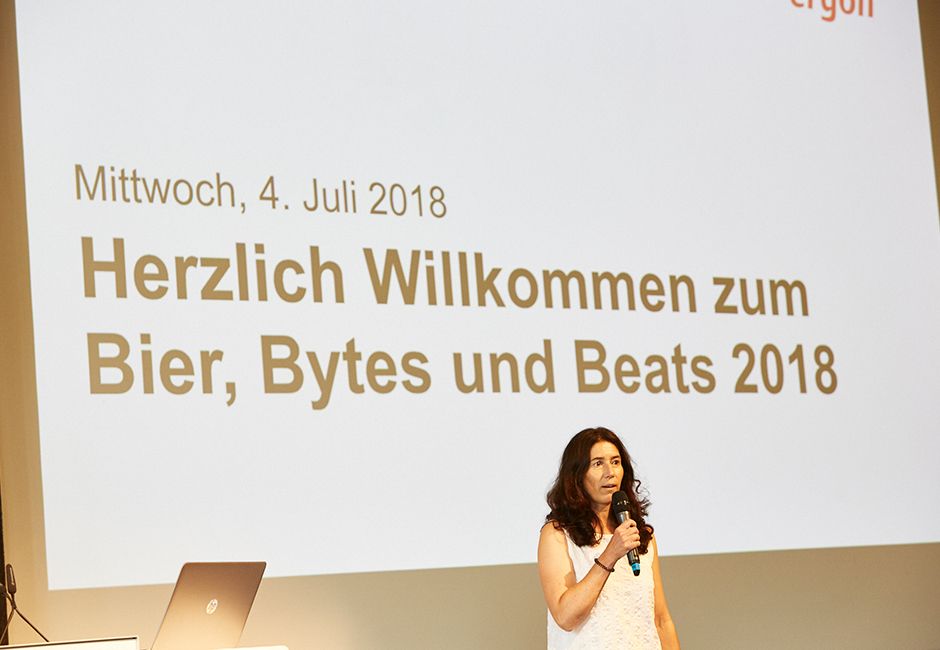 Gabriela Keller, CEO of Ergon Informatik AG, welcomes the guests
Gabriela Keller, CEO of Ergon Informatik AG, welcomes the guests
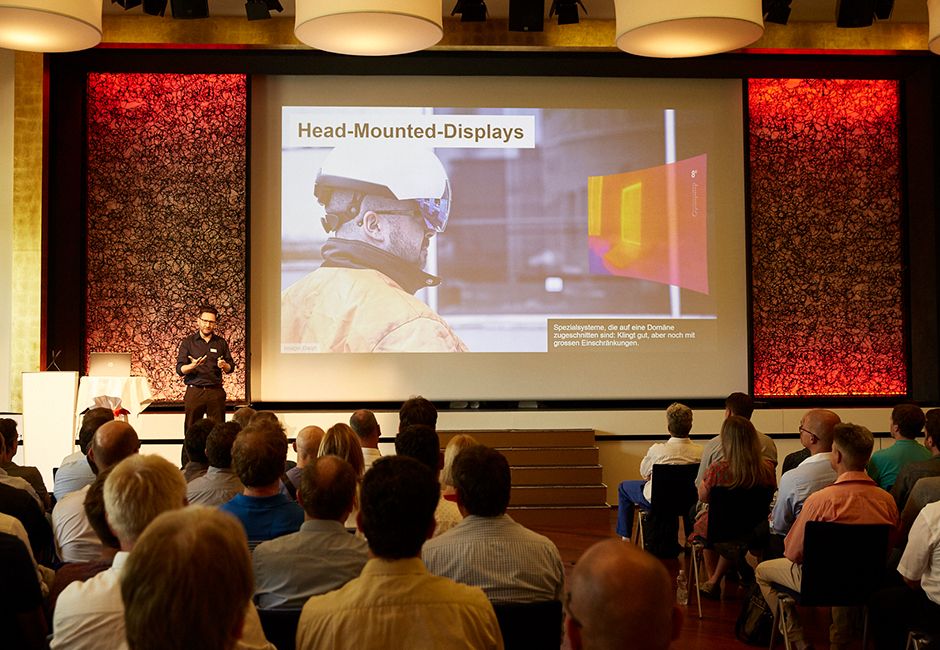 Robert Adelmann, Head of Mixed Reality & User Experience at Ergon Informatik AG
Robert Adelmann, Head of Mixed Reality & User Experience at Ergon Informatik AG
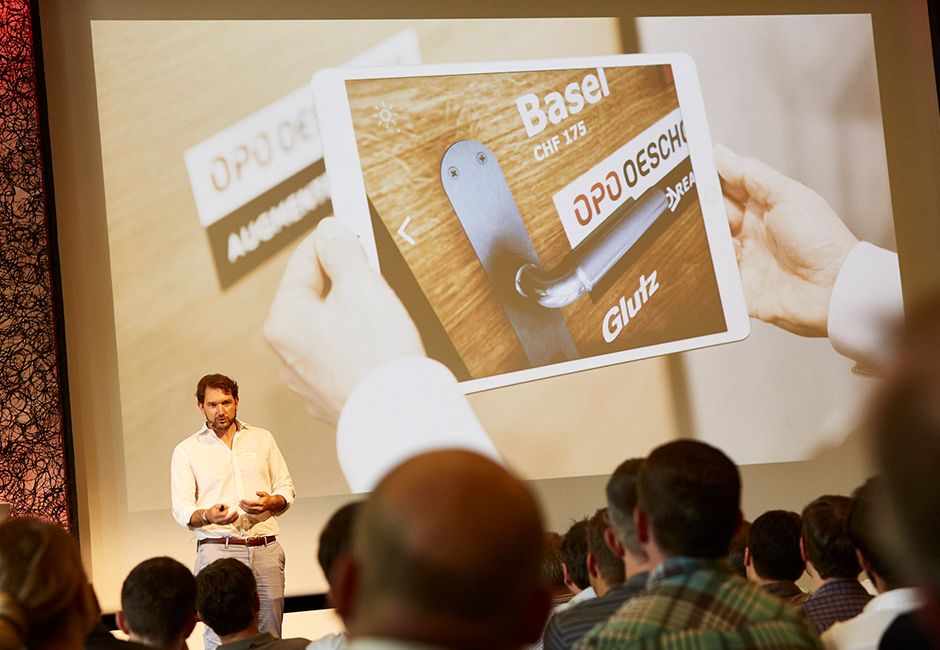 David Froidevaux, CIO at OPO Oeschger
David Froidevaux, CIO at OPO Oeschger
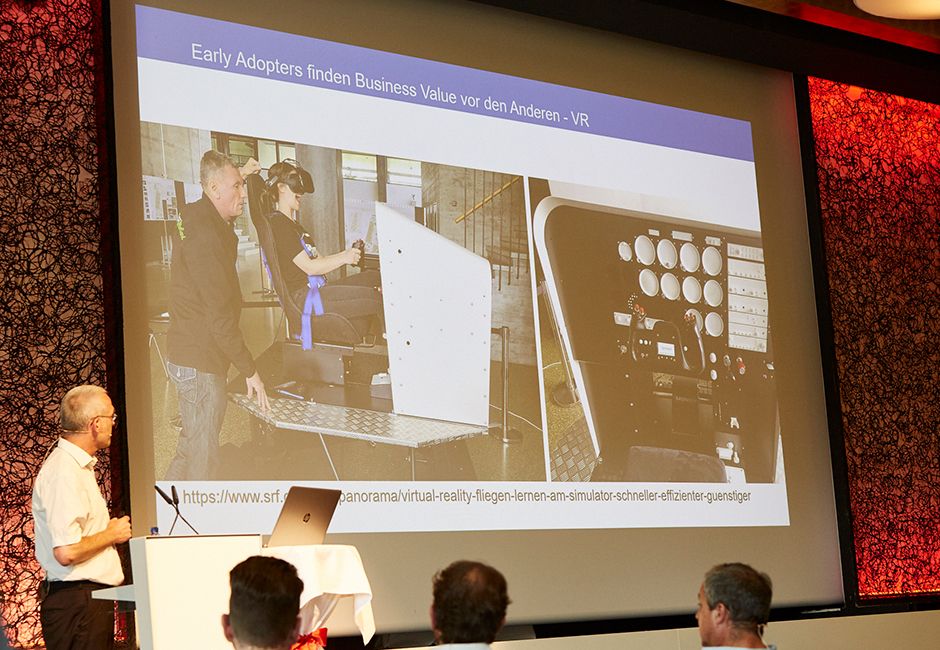 Prof. Markus Stolze, Head of Computer Science at the HSR Rapperswil
Prof. Markus Stolze, Head of Computer Science at the HSR Rapperswil
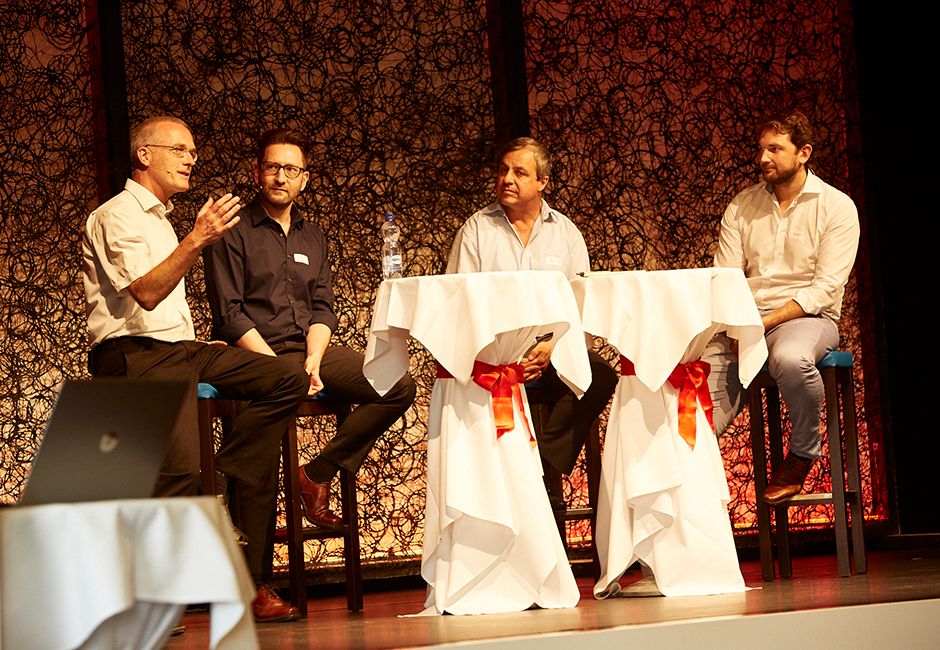 Panel discussion with the three speakers
Panel discussion with the three speakers
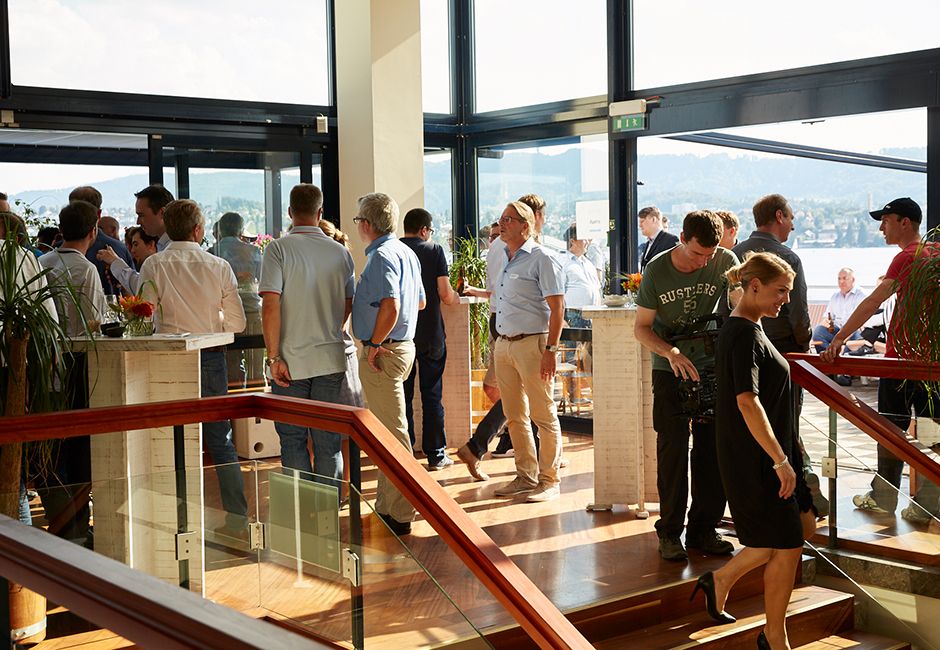 350 customers, partners and employees take part in the event
350 customers, partners and employees take part in the event

